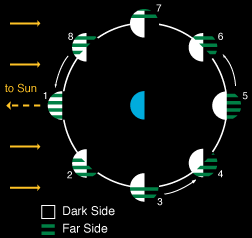A diagram which demonstrates why the moon goes through phases.
Click on image for full size
Phases of the Moon
The diagram shows the Earth, and the Moon in different positions along
its orbit around the Earth. The Sun is off
in the distance, lighting the Earth-Moon system. At any position,
half of the Moon is reflecting light from the Sun (the light side of
the Moon) and half is in shadow (the dark side). Also, half of the
Moon can be seen from Earth (the near side of the Moon) and half
can not (the far side). As the Moon moves around the Earth, the dark
side and the far side overlap and produce the phases of the Moon as we
are familiar with them.
When the Moon is between the Earth and the Sun (1), the near side of
the Moon is the dark side. The Moon cannot be seen. We call this New
Moon, the beginning of the cycle of lunar phases. When the Earth is
between the Sun and the Moon (5), the near side is the light side. We
call this Full Moon.
Halfway in between these times (3 & 7), only half of the near side of
the moon is illuminated by the Sun. So we can only see one quarter of
the Moon. We call these phases First and Third Quarters.
All the phases of the Moon have special names
which indicate how much of the illuminated Moon can be seen from
Earth, and whether this part is going to grow or shrink.
You might also be interested in:
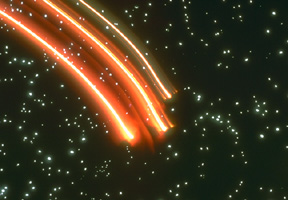
This summer (and its movies!) has brought with it an awful lot of speculation about things hitting or falling into the Earth. Well, the speculation is over! The Perseids meteor shower makes its annual
...more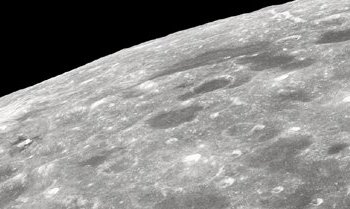
What phase was the Moon in on December, 22 1962? How long does it take the Moon to travel from one phase to the next? Suppose that the Moon spun twice on its axis during each orbit around the Earth. How
...more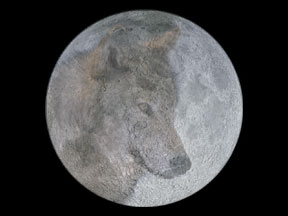
You may have heard people refer to a Full Moon in the autumn as the "Harvest Moon" or the "Hunter's Moon". Native Americans in the eastern and northern parts of North America had special names for the
...more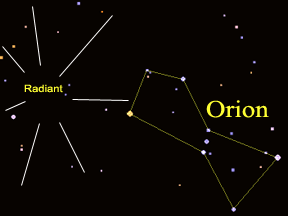
The Orionid meteor shower is one of several major meteor showers that occur on roughly the same date each year. The Orionids typically "peak" (are at their greatest level of activity) around October 21st.
...more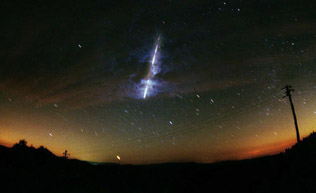
The Leonid meteor shower is one of several major meteor showers that occur on roughly the same date each year. The Leonids typically "peak" (are at their greatest level of activity) in mid to late November.
...more
The Geminid meteor shower is one of several major meteor showers that occur on roughly the same date each year. The Geminids typically "peak" (are at their greatest level of activity) in mid December.
...more
The Quadrantid meteor shower is one of several major meteor showers that occur on roughly the same date each year. The Quadrantids "peak" (are at their greatest level of activity) in early January. In
...more


